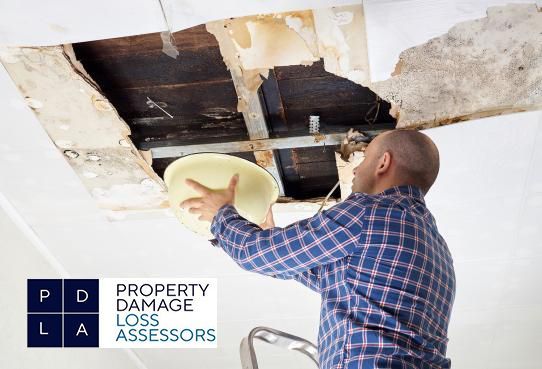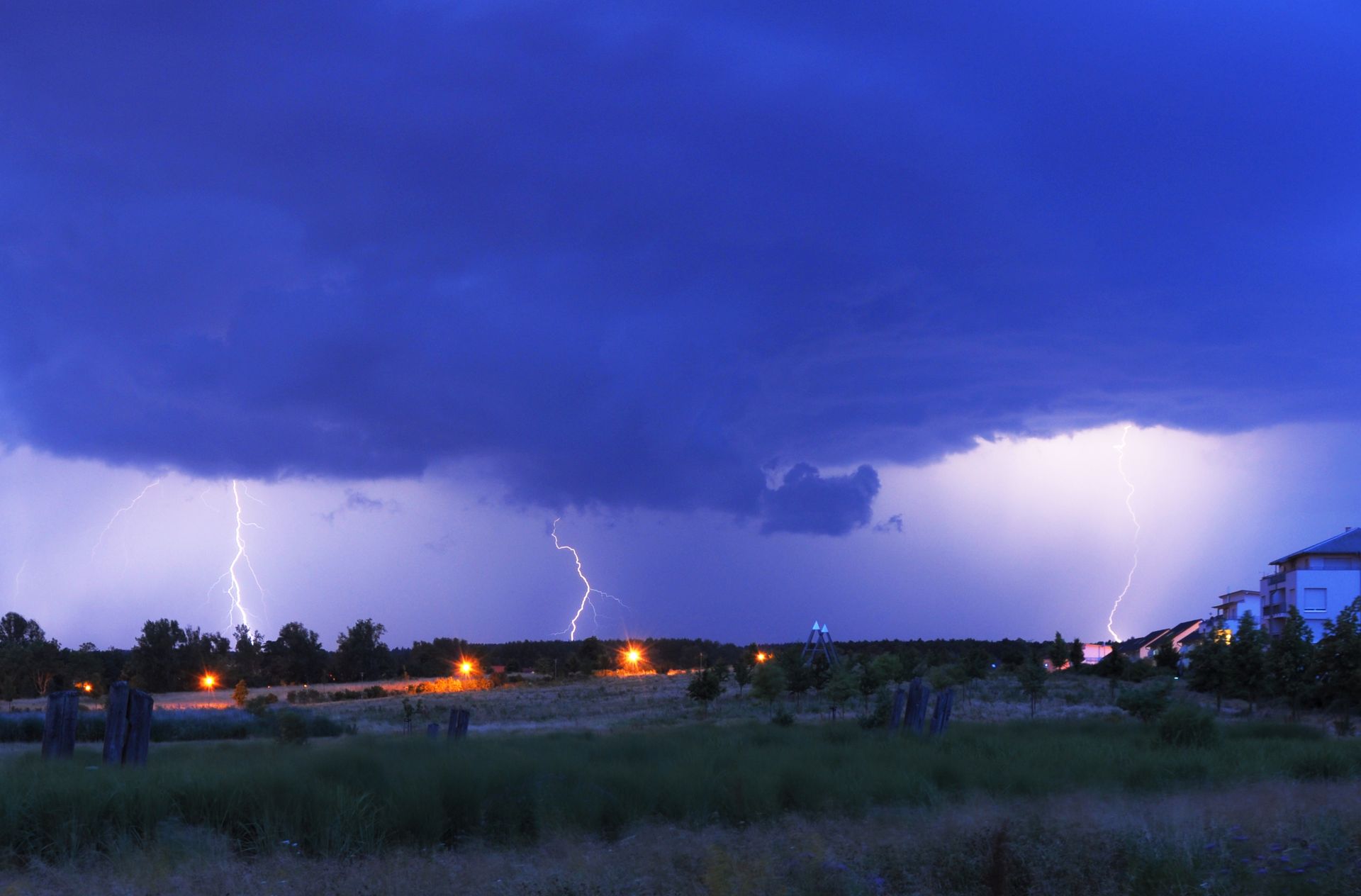Navigating Storm Damage Claims on Your Irish Property

Storms often wreak havoc in homes and properties across Ireland, leaving us with the daunting task of dealing with the aftermath. Many homes can be left with serious damage and a substantial bill to get things back to normal. One of the most critical aspects of this process is filing a storm damage claim with your home insurance company.
In this short article, we aim to guide you through the process of making a storm damage claim, helping you understand what to expect and how to navigate the often complex insurance landscape. As always, our loss assessors are here to manage this process for you.
Understanding Your Home Insurance Policy
Before a storm hits, it’s crucial to understand what your home insurance policy actually covers. The average claim for storm damage in Ireland is approx €3,851 for contents insurance and €3,590 for buildings insurance. The damage to your home could be much more substantial.
Be sure to check that you have sufficient cover and that your home has not been under insured. Most damage caused is typically covered, however, many insurers exclude outbuildings like fences, garden sheds, gates, and hedges, unless you have specific cover for them in your policy. Be familiar with what is covered.
Our Advice - Work with a Property Loss Assessor
Dealing with an insurance company often adds stress to an already stressful situation. A loss assessor can help you achieve the maximum entitlement within the terms of your insurance policy and bring the settlement to a cost-effective and speedy conclusion on your behalf. They take care of the entire claim process, from assessing the damage and submitting the claim to dealing with the insurance claim adjuster and negotiating the maximum settlement entitlement under your policy’s terms without undue delay.
Common First Steps to Take After a Storm Damages your Home
If your home or belongings have been damaged, you should contact your insurer as soon as possible and let them know what’s happened. Here are some steps to follow:
- Contact a reputable builder immediately to arrange emergency repairs or boarding-up. This can help prevent further damage to your property.
- Document the damage: Make a list of the damage to your property. Take photographs or videos as evidence. This needs to be comprehensive. This will be helpful when you file your claim.
- Don’t dispose of damaged items: Wet or damaged items can be lifted or removed from your home, but do not dispose of any damaged items until your claim has been settled or these items have been inspected. Store them in a shed, attic, skip, or outhouse.
- Begin immediate repairs if necessary to limit any extra damage.
- Get quotes to repair the damage or to replace like for like on items that have been destroyed. These costs are important for understanding a settlement.
Navigating storm damage claims can be a complex process, but understanding your policy and knowing the steps to take after a storm can make the process smoother.
Remember, it’s essential to act swiftly, document everything, and consider working with a professional loss assessor to ensure you receive the maximum entitlement on your policy.
Let our team take the stress out of getting your home back to normal. We provide a free evaluation and can give you much needed advice.
PDLA Disclaimer: This blog post is intended to provide general information and understanding about storm damage claims. It should not be considered as legal, financial, or insurance advice. Always consult with a professional or your insurance provider for advice regarding your specific situation.
Navigating Storm Damage Claims on Your Irish Property




